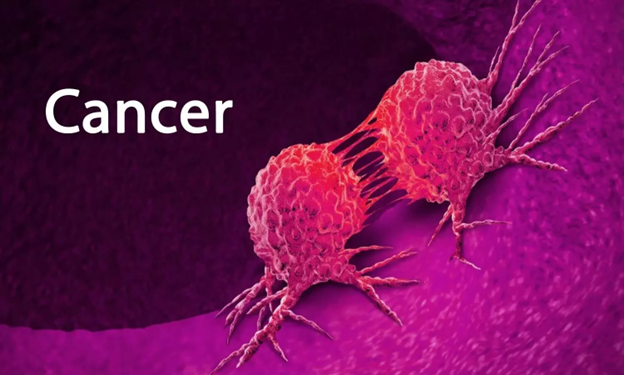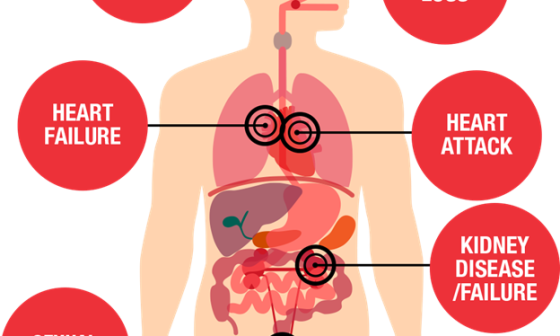Introduction
Cancer affects millions worldwide and even in Africa, Nigeria ranks second highest in new case prevalence following Egypt. Research done in Lagos state alone shows that about 9,000 cases of cancer were diagnosed from January 2011 to December 2020. Millions of individuals worldwide are affected by cancer every year, making it one of the main causes of mortality.
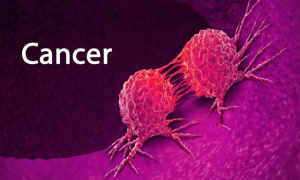
Credit: Mobile Physiotherapy Clinic
Cancer is a group of illnesses marked by aberrant cell growth and spread out of control. If it is not identified and treated promptly, cancer can infect adjacent tissues and organs, spread to other regions of the body, and cause serious health problems.
This article aims to cover common cancer forms, their symptoms, and the significance of early detection and treatment.
Cancer: What Is It?
When the body’s regular process of cell development and repair is interfered with, aberrant cells start to form, which is how cancer arises. These cells may aggregate into benign (non-cancerous) or malignant (cancerous) masses or tumours. If left untreated, malignant tumours can spread, or metastasize, to other areas of the body causing tissue destruction and death, which makes them deadly.
Common Cancer Types
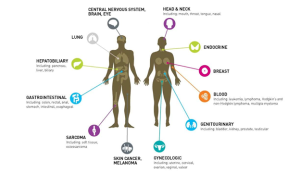
Credit: Delveinsight
Although there are more than a hundred varieties of cancer, some of the more prevalent ones are colorectal, breast, prostate, ovarian, and cervical cancers.
● Cancer of the Breast
October is breast cancer awareness month. Breast cancer is one of the most prevalent malignancies, primarily among women, however men can also develop it. Usually, it begins in the lobule or milk duct cells. Symptoms include:
- a growth or bump in the underarms or breasts.
- alteration in the breast’s dimensions, form, or appearance.
- secretion from the breasts, including blood (other than breast milk).
- discomfort in the breast or nipple region.
- puckering or dimpling of the skin on the breast
Regular mammograms and self-examinations increase the likelihood of early detection and successful treatment.
● Cancer of the Lungs
The most common cause of cancer-related deaths worldwide is lung cancer, which typically affects those who have smoked in the past but can also affect non-smokers. It may spread to other body areas after starting in the lungs. Symptoms include:
- chronic coughing that becomes worse with time,
- breathing difficulty and wheezing,
- ache in the chest,
- unintentional weight loss,
- spitting out rust-coloured sputum or blood.
Lung cancer risk can be considerably decreased by giving up smoking and limiting exposure to secondhand smoke.
● Cancer of the Prostate
One of the most prevalent forms of cancer in males, particularly in older men, prostate cancer affects the prostate gland in those who have it. The management of this slowly spreading malignancy depends on early identification. Symptoms include:
- weak urine flow or trouble urinating,
- blood in the semen or pee,
- back pain, hip pain, or pelvic pain,
- erectile dysfunction, and
- frequent urge to urinate, particularly after dark.
Regular check-ups and prostate-specific antigen (PSA) tests aid in early identification, which can improve treatment outcomes.
Read also: All you need to know about prostate cancer
● Cancer of the Colorectum
Routine screening procedures like colonoscopies are frequently used to detect colorectal cancer, which starts in the colon or rectum. If detected early, it is largely treatable; nevertheless, it can be fatal if left unchecked. Symptoms include:
- alterations in bowel habits, such as constipation, diarrhoea, or stool narrowing,
- blood in stool,
- unintentional weight loss,
- cramps or pain in the abdomen, and
- weakness or exhaustion.
However, Consuming a diet high in fruits, vegetables, and fibre can help reduce the risk of colorectal cancer.
● Cancer of the Skin
Melanoma and other forms of skin cancer are among the most prevalent cancers. Overexposure to ultraviolet (UV) light from the sun or tanning beds is frequently the cause of it. Symptoms include:
- alterations to the moles’ or other skin lesions’ size, shape, or colour,
- newly developed, strange skin growths, and
- cuts that refuse to go away.
- Moles with erratic borders or patches of different colours.
Preventive measures include using sunscreen, wearing protective clothing, and limiting your exposure to the sun.
● Cancer of the Cervix
The cervix, or bottom section of the uterus, is where cervical cancer begins to grow. It is frequently brought on by a persistent human papillomavirus (HPV) infection, which is contracted through sexual contact. Symptoms include:
- abnormal bleeding in the vagina, particularly during or after a sexual encounter,
- abnormal vaginal bleeding after menstrual period, and
- abnormal vaginal discharge,
- pelvic pain or discomfort during intercourse, and
- Painful urination.
Cervical cancer risk can be effectively decreased by receiving HPV vaccines and routine Pap tests.
Read also: What is Cervical Cancer?
● Cancer of the Blood
A particular kind of cancer called leukaemia affects the bone marrow and blood, causing aberrant white blood cell production. It can happen to adults as well as children. Symptoms include:
- Frequent infections,
- unintentional weight loss,
- weakness or fatigue,
- Simple bleeding or bruises.
- swollen spleen or lymph nodes.
- fever or chills at night.
Given that treatment frequently entails radiation, chemotherapy, or stem cell transplants, early diagnosis is essential.
General Symptoms of Cancer
Certain typical indicators may suggest cancer, though particular symptoms vary depending on the type of cancer. It is critical to pay attention to your body and get medical advice if you encounter any of the following symptoms:
- Unexplained weight loss: Many diseases, including stomach, lung, and pancreatic cancer, can manifest as considerable weight reduction without intentional effort.
- Fatigue: Persistent exhaustion that doesn’t go away with rest may be a sign of a more serious problem.
- Persistent pain: Especially in the back, head, or belly, pain that doesn’t go away or becomes worse could be an indication of cancer.
- Fever: Cancer, particularly blood malignancies like leukaemia or lymphoma, may be indicated by a persistent fever that does not coincide with an infection.
- Skin changes: Any newly formed growths, unhealing wounds, or adjustments to the texture, colour, or size of moles on the skin should be examined.
Importance of Early Identification and Diagnosis
Early detection is one of the most important components of a successful cancer treatment plan. Early detection of cancer frequently results in improved prognoses and is easier to treat. Mammograms, colonoscopies, Pap smears, and PSA tests are examples of routine screenings that are crucial for detecting cancer early on, even before symptoms manifest.
How can I prevent cancer?
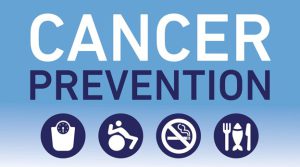
Credit: Hanscom Airforce Base
Although it is not possible to prevent every cancer, there are things you may take to lower your risk:
- Refrain from smoking and drink in moderation.
- Take up a nutritious, well-balanced diet high in whole grains, fruits, and vegetables.
- Keep a healthy weight and engage in regular exercise.
- Shield your skin from UV rays.
- Vaccinate yourself against hepatitis B and HPV, which cause cancer.
- Subscribe to an insurance plan that allows you to schedule routine medical examinations.
Conclusion
Although cancer is a dangerous illness that can change a person’s life, being aware of the common forms and their symptoms can help you and your loved ones. Proactive identification via routine examinations and cognizance of possible indicators might greatly enhance therapeutic results.
Additionally, leading a healthy lifestyle and reducing identified risk factors might help minimize cancer risk. Do not hesitate to seek medical advice if you observe any strange symptoms or physical changes. Early treatment can prevent death.
For other wellness and healthcare needs, subscribing to our affordable healthcare plan for just #800/month might be the best decision towards maintaining your health and well-being, Contact us today to get started.
Article written by Dr. Ifeoma M. Uduh (BDS)
Edited by Dr. John Afam-Osemene (MBBS, DA)
